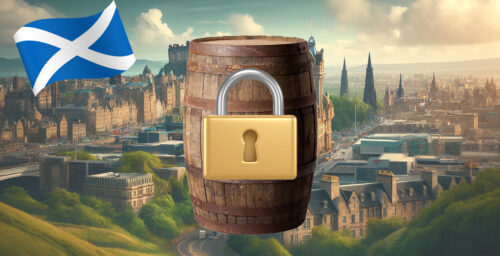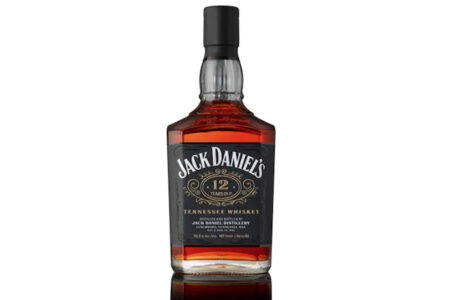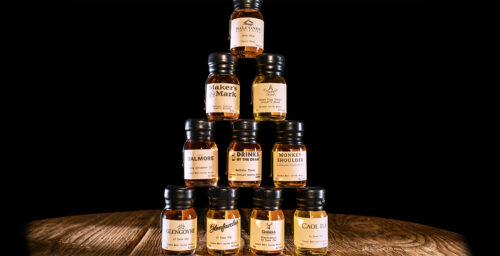As the bourbon boom continues and brand-new brand names crowd the shelves, several historic labels are getting a second shot.
Some spirits companies are grabbing trademarks that lapsed when the original distillers went out of business. Others are acquiring and dusting off brands that never really went away, but fell into obscurity either by being shipped exclusively overseas or by devolving into bottom-shelf dwellers.
Whether a brand is resurrected or reincarnated, the attraction is the same: Bottling new whiskey under an old name provides a compelling back story—a hook of history—in an industry soaked in legend and lore. Here are several examples.
 Michter’s
Michter’s
The story of Michter’s, a brand that originated in Pennsylvania, can be traced to the mid-1750s, when two brothers named Shenk built a distillery on their farm near Schaefferstown. Abraham Bomberger bought the distillery just before the Civil War broke out, and it operated as Bomberger’s until another national disaster called Prohibition closed it in 1919. In the years after it reopened, the distillery was sold and renamed several times.
“Michter’s” first appeared as a rye whiskey brand name in the 1950s when the distillery was called Pennco. It sounds like a Dutch surname, which would be apt in Pennsylvania, but it’s actually a blend of MICHael and peTER, the sons of Lou Forman, a Philadelphia liquor broker. He renamed the entire distillery Michter’s in 1975 after a group of businessmen bought Pennco and installed him as president.
But as demand for whiskey waned, Michter’s was increasingly unable to make its mortgage payments or pay taxes. The distillery filed for bankruptcy in 1983 and its owners eventually abandoned the physical property—and the name.
Trademarks in the United States are issued by the U.S. Patent and Trademark Office, and those that are subject to renewal have a 10-year term. Once the initial term is up, the owner can renew the registration for another 10 years, and then another, in perpetuity, says Brooke Egan, a founding partner of Duncan Galloway Egan Greenwald, PLLC, whose areas of practice include intellectual property. “But if a company goes out of business, and the owned marks are abandoned, they become fair game.”
In the 1990s, Joseph J. Magliocco of Chatham Imports and his consultant, Dick Newman, who had been president of Austin Nichols when it distilled Wild Turkey, decided to resurrect Michter’s. “During my college years in the late 1970s, I was a Michter’s drinker, and I had sold it as a summer job, so I was familiar with the brand,” Magliocco said. “We thought that it was a shame to let this piece of American whiskey history die in obscurity just because nobody else was then willing to put any effort or resources into it.”
They weren’t interested in a historic recipe, however—just the name. After filing for the Michter’s trademark, they decided to locate their distillery in Kentucky, where they would have access to the best whiskey resources and consultants. With bourbon still in a sales slump, Kentucky was awash in aged whiskeys, and Newman knew where they lay. Once Magliocco, acquired them, they were bottled as Mitcher’s.
In 2015, Michter’s opened its own a 67,000-square-foot distillery in Shively.
“We wanted to honor Michter’s heritage by bringing the brand back with really great whiskey in the bottle,” Magliocco said.
Yellowstone
Unlike Michter’s, the production of Yellowstone Kentucky Straight Bourbon never stopped after its creation by Joseph Bernard Dant in Kentucky in 1872. Named after what was then a new national park, the Dant family sold the brand in 1944 to Glenmore Distillery. Yellowstone changed hands and mash bills several more times over the decades, ending up as a rather unremarkable bourbon in the portfolio of St. Louis-based Luxco in 1992.
When brothers Stephen and Paul Beam—related to the bourbon-making Beams on their father’s side and the Dants on their mother’s—opened Limestone Branch, a craft distillery in Lebanon, Ky., in 2011, they set out to honor their family’s distilling heritage by reclaiming the Yellowstone brand.
In talks about the brand with Luxco, the two companies decided to become partners in 2015, with Luxco buying a 50 percent interest in Limestone Branch. As part of the agreement, the intellectual property rights for the Yellowstone brand were transferred to Limestone Branch.
“We were looking to enter the bourbon craft space with an authentic partner, and Limestone Branch, with their family owned roots, was a perfect partner,” said Donn Lux, chairman and CEO of Luxco. “The Beam brothers and I have a shared vision for our businesses, as well as for the iconic Yellowstone bourbon brand.”
The partnership allowed the Beams to expand their distilling capacity much sooner than planned, and they are once again making Yellowstone in Kentucky. “It means a lot to me,” Stephen Beam says. “I know how proud and happy my grandfather and great-uncle, who were associated with Yellowstone in its heyday, would be.”
Luxco owns two other “historic” brands—Rebel Yell, which was created in 1949 by then-Louisville Mayor Charles Farnsley, and Ezra Brooks, a brand created in 1957—that it currently sources, but it plans to begin distilling at the new Lux Row Distillery under construction in Bardstown. The packaging for both brands has been redesigned to appeal to a more sophisticated consumer while retaining the patina of the past. Luxco gave a nod to this approach in a news release about two new Rebel Yell expressions that were released in 2015, saying “Rebel Yell is bridging the gap between its proud heritage and modern tastes.”
 I.W. Harper
I.W. Harper
I.W. Harper, another “legendary brand,” as a Diageo executive deemed it, is enjoying a renaissance thanks to the renewed interest in all things bourbon. Like Yellowstone, I.W. Harper never ceased production, but for the past 20 years, sales had been relegated to Asian markets.
Its history goes back a lot further, however—to 1872, when German immigrant Isaac Wolfe (I.W.) Bernheim started producing I.W. Harper in his Bernheim Brothers & Co. distillery. The whiskey won its first gold medal in 1885 and became popular around the world, denoted by its top-hat-tipping “Bowing Man.”
“For nearly a century, I.W. Harper wasn’t just a bourbon—it was a lifestyle lived by consumers who appreciated style, travel and an unwavering commitment to hospitality,” said Jeff Parrott, Diageo’s director of North American Whiskey development. “I.W. Harper even had its own clothing line.”
In 2015, Diageo released I.W. Harper Kentucky Straight Bourbon Whiskey and a limited release of 15-year-old Harper in a cut-glass bottle designed to evoke the original decanter.
“Reintroducing I.W. Harper to a new generation of whiskey drinkers and style makers was a passion project for many people on our team and we’re proud to be the stewards of this legendary brand,” Parrott said. “Our consumer appreciates sophistication and I.W. Harper’s vintage American vibe.”

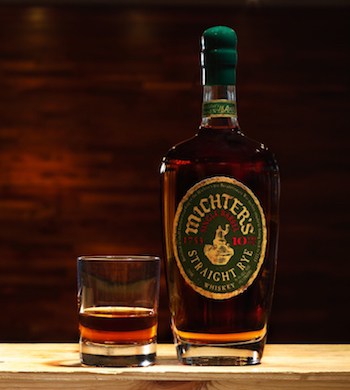 Michter’s
Michter’s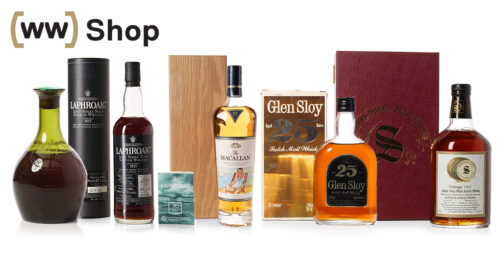
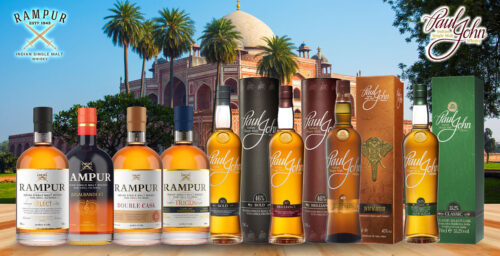



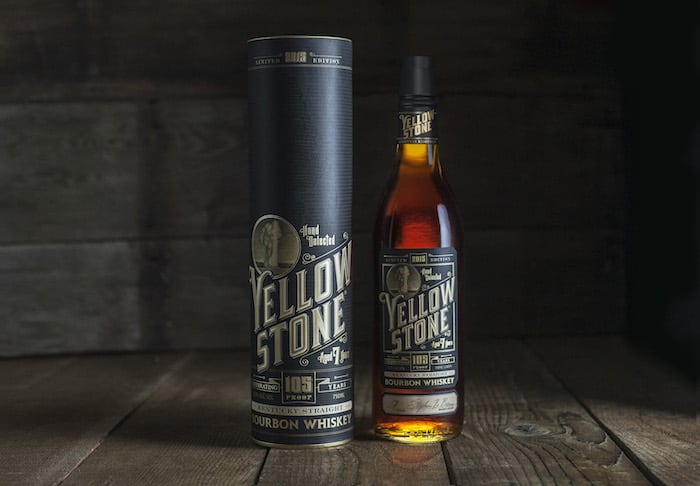
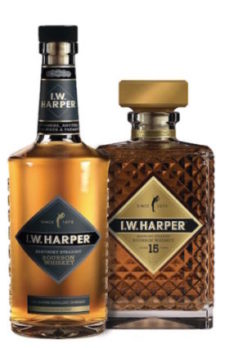 I.W. Harper
I.W. Harper